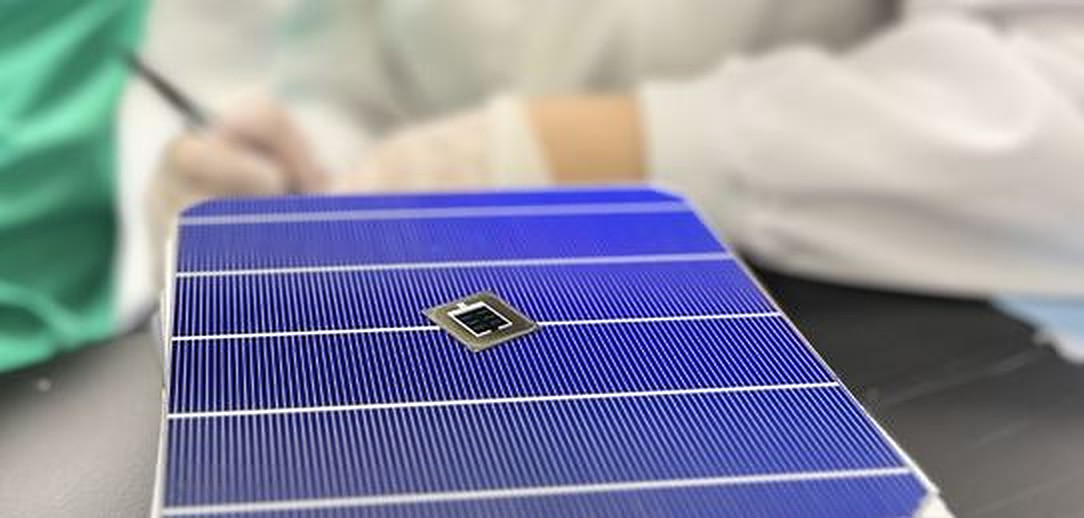|

All solar cell efficiencies at a glance – updated
22 June
2023
By
EMILIANO BELLINI
The research group led by Professor Martin Green has published Version
62 of the solar cell efficiency tables. There are 21 new results
reported in the new version, a record number for the Tables.

The 33.7%-efficient perovskite-silicon tandem
solar cell unveiled by KAUST in late May.
Image: KAUST
The international research group led by Professor Martin Green from
the University
of New South Wales in Australia has published Version
62 of the “solar
cell efficiency tables” in Progress
in Photovoltaics. The scientists said they have added 21 new
results to the new tables since December.
“The highlights are a large increase in small-area kesterite (CZTSSe)
cell efficiency by the Institute of Physics, Chinese
Academy of Science (CAS) from 13.0% to 14.9%, with less dramatic
increases in small-area organic PV cell efficiency to 19.2% by Shanghai
Jiao Tong University and in small-area perovskite cell efficiency
to 26.0% by the Institute of Semiconductors, CAS,” Green told pv
magazine.
“Notable perovskite progress is also reported in the 2-terminal tandem
cell area, with all-perovskite tandem cell efficiency increasing to
29.1% for a 0.05 cm2 device and 28.2% for a larger 1 cm2 device, with
both devices fabricated by Nanjing University in collaboration with
Renshine Solar,” he added.
Greener also stressed that new results are reported for perovskite/silicon
tandem cells with 33.7%, for a 1-cm2 device fabricated by the King
Abdullah University of Science and Technology (KAUST), and 28.6%
efficiency for a much larger, full-sized 258-cm2 cell fabricated
by Oxford
PV.
“Good progress is also reported in the encapsulated module area, with
a large increase for an organic PV module efficiency from 8.7% to
13.1% for a 57-cell module fabricated by Ways Technical Corporation in
conjunction with Nanobit,” he explained. “Efficiency gain to 19.2% is
also reported for a 39-cell perovskite module fabricated by UtmoLight
and to 24.7% for
a much larger 112-cell, 1.8m2 silicon module fabricated by Maxeon.
Additionally, the first small CIGS module from Avancis with efficiency
over 20% is reported. ”
In Version
61 of the tables, released in November the researchers added five
new results. The group has seen major improvements in all cell
categories since 1993, when the tables were first published.
The research group includes scientists from the European
Commission Joint
Research Centre, Germany's Fraunhofer
Institute for Solar Energy Systems, Japan's National
Institute of Advanced Industrial Science and Technology,
the US Department of Energy, and the US National
Renewable Energy Laboratory.
Green Play Ammonia™, Yielder® NFuel Energy.
Spokane, Washington. 99212
509 995 1879
Cell, Pacific Time Zone.
General office:
509-254
6854
4501 East Trent
Ave.
Spokane, WA 99212
|